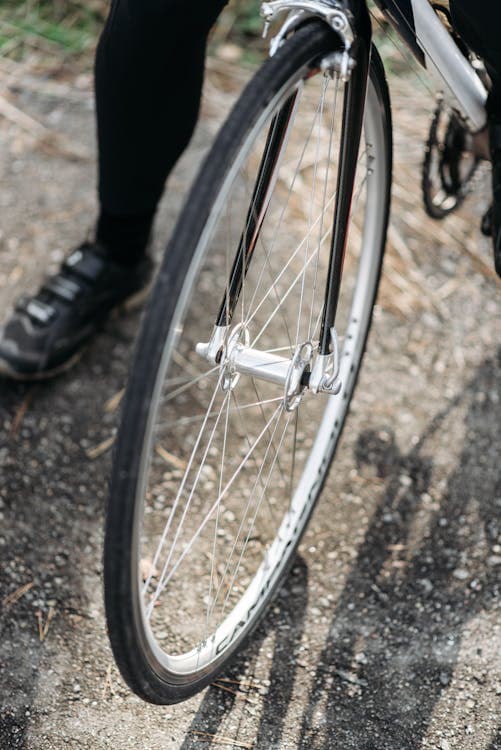Comprehensive Guide to Adjusting Loose Spokes on Your Bicycle
Riding a bicycle with loose spokes not only makes for an uncomfortable ride but can also lead to long-term damage to your wheels. Regular maintenance and adjustments are key to ensuring your bike performs at its best. In this guide, we'll walk you through the process of adjusting loose spokes, helping you keep your wheels true and your rides smooth.
Understanding Spokes and Their Importance
Spokes play a crucial role in maintaining the structural integrity of your bicycle wheels. They help distribute weight evenly and keep the wheel true, which is essential for a smooth and efficient ride. Over time, spokes can become loose due to regular use, impacts, or environmental factors, leading to wobbly wheels and potentially more serious issues.
Tools You Will Need
Before you start, make sure you have the following tools:
- A spoke wrench that fits your spokes
- A truing stand (optional but recommended for best results)
- A ruler or a spoke tension meter (optional for precise tension measurement)
Step 1: Identify Loose Spokes
- Inspect Visually and by Touch: Spin the wheel slowly and carefully inspect each spoke. Loose spokes may be visibly out of line or feel less tense compared to others.
- Tap Test: Gently tap each spoke with a metal object. A clear, ringing sound typically indicates proper tension, while a dull sound suggests a loose spoke.
Step 2: Tighten the Spokes
- Locate the Nipple: The nipple is the part of the spoke that screws into the rim. You'll be turning this with your spoke wrench.
- Determine the Direction: Remember, "righty-tighty, lefty-loosey." However, this direction can be reversed depending on your perspective. Always turn the nipple as if you're looking directly at it from the outside of the wheel.
- Make Small Adjustments: Turn the nipple clockwise to tighten the spoke. Make quarter turns to avoid over-tightening.
Step 3: Check Wheel True
- Place the Wheel in a Truing Stand: If you don't have a truing stand, you can use your bike's brakes as a reference point.
- Spin the Wheel: Look for any side-to-side wobble or up-and-down hops.
- Adjust as Necessary: If you notice any wobble, you may need to adjust the tension of the spokes on the opposite side of the wobble. Tighten spokes to pull the rim towards that side or loosen them to allow the rim to move away.
Step 4: Test and Repeat
After making adjustments, it's crucial to test your work. Ride your bike on a flat surface and pay attention to how the wheel feels. If you still notice issues, repeat the steps above until the wheel is true and the spokes are properly tensioned.
Tips for Success
- Be Patient: Truing wheels and adjusting spokes can be a delicate process. Small adjustments can make a big difference.
- Check Spoke Tension Regularly: Make it a habit to check your spokes before long rides or after any impacts.
- Seek Professional Help if Unsure: If you're not confident in your ability to adjust spokes correctly, it's always best to consult with a professional mechanic.
Adjusting loose spokes is an essential skill for any cyclist. With practice and patience, you can ensure your wheels are always in top condition, providing you with a smoother ride and prolonging the life of your bike. Happy cycling!
